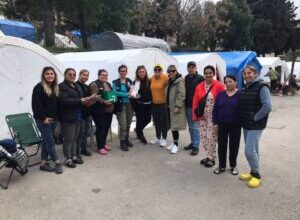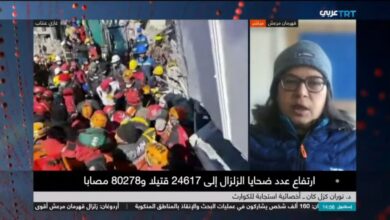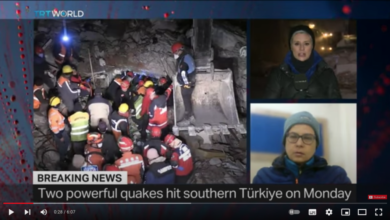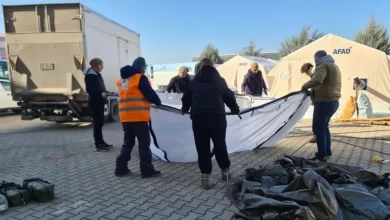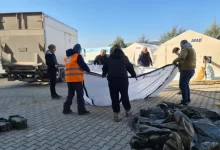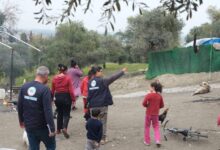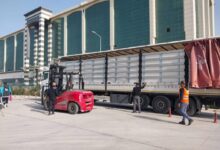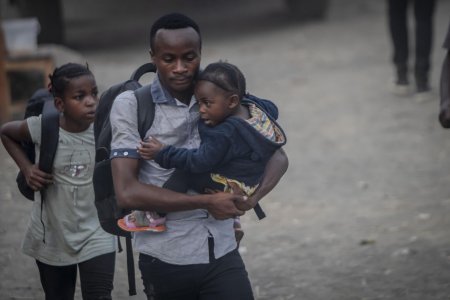
The city of Goma continues to see a slight return of people who had been displaced by the 27 May evacuation order. Several churches held religious services on 30 May in various neighborhoods, including those in the red zone. Activities in Goma are tentatively resuming. Some businesses are open in various parts of the city, including the downtown area and the Birere commercial center.
Displaced persons in some areas are having difficulty finding housing. Some are at risk of having to leave their shelters, as is the case for the more than 600 displaced people taking shelter in the Lwanga school in Minova as classes are due to resume on 31 May.
The military governor of North Kivu province visited internally displaced persons in the town of Sake on 29 May. He asked them to remain patient regarding their return to Goma. He also assured them that the authorities are working closely with foreign experts and the Goma Volcano Observatory to find an appropriate solution that will lead to a sustainable return for the population to Goma. Minister of Industry and former governor of North Kivu Julien Paluku has remained in Goma since 24 May to monitor the situation regarding the volcanic eruption and to liaise between the central and provincial governments as well as the Goma Volcano Observatory.
According to its displacement tracking matrix, the International Organization for Migration (IOM) has estimated the total number of displaced persons linked to the volcanic eruption to be 415,700. They are spread across more than 10 areas in the interior of the country (Bukavu Ville, Idjwi, Kalehe (Minova), Kabare, Masisi (Sake), Rutshuru, Nyiragongo, Lubero, Goma, Butembo) and across the border of the Democratic Republic of the Congo (in Rwanda).
SOURCE: OCHA

